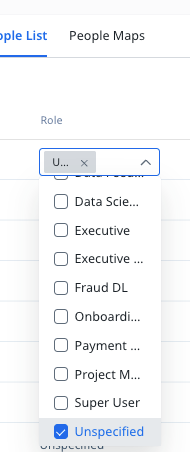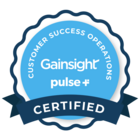Curious — (how) do you deal with requests from CSXs asking whether a certain user and/or organization will receive a particular email? (ex: CSM check-ins, monthly product/event newsletters, usage emails)
Our current situation:
Emails are sent through advanced JO using queries (multiple queries, in multiple programs). We have various opt-out options (boolean) at both the company level and person level for certain programs, and use those opt-out fields within the query to allow our CSx’s to opt users or companies out of certain communications (CSM check-ins, re-engagement programs, etc.) as required.
The issue:
As we’re scaling our CSM model, and are beginning to send CSM check-in emails (and other emails) to more users, I’ve been getting more and more requests asking questions such as:
- Will {user} receive this month’s CSM check-in?
- Can you pull a list of all my users who will receive {this specific} email?
- Did this user receive {this specific} email?
THIS IS NOT SCALABLE.
We’d originally considered creating segments for these various types of emails, but by design, these don’t give CSMs visibility into (or control over) the users that receive those emails, which is something the CSMs seem to want. Furthermore, segments don’t seem to play well with the new dynamic JO for our purposes.
My thinking is that creating a multi-select picklist field (similar to a user “role” field) that could be initially set up to “opt-in” to use for “Email Subscriptions” could serve our purposes. My goals with this field would be:
- Including this field in future queries as a way to include clients in the communications
- Giving CSMs visibility into which emails their clients would receive
Something like this field could then be added to one of our “Active Users” dashboards available to our CSMs so they could filter their users by that subscription option to see who would or would not receive the communication

Future state:
We’re in the planning stages, but will soon start converting our current advanced JOs to dynamic JOs. I would like to be able to utilize the data designer templates to have a core set of query templates (ex: All Active Users, users > 90 days old, etc.) that I could then pull in that field as the program required.
For our use case, we have to make a significant number of changes to our standard queries on a program-by-program basis depending on the subsets of users we’re targeting.

